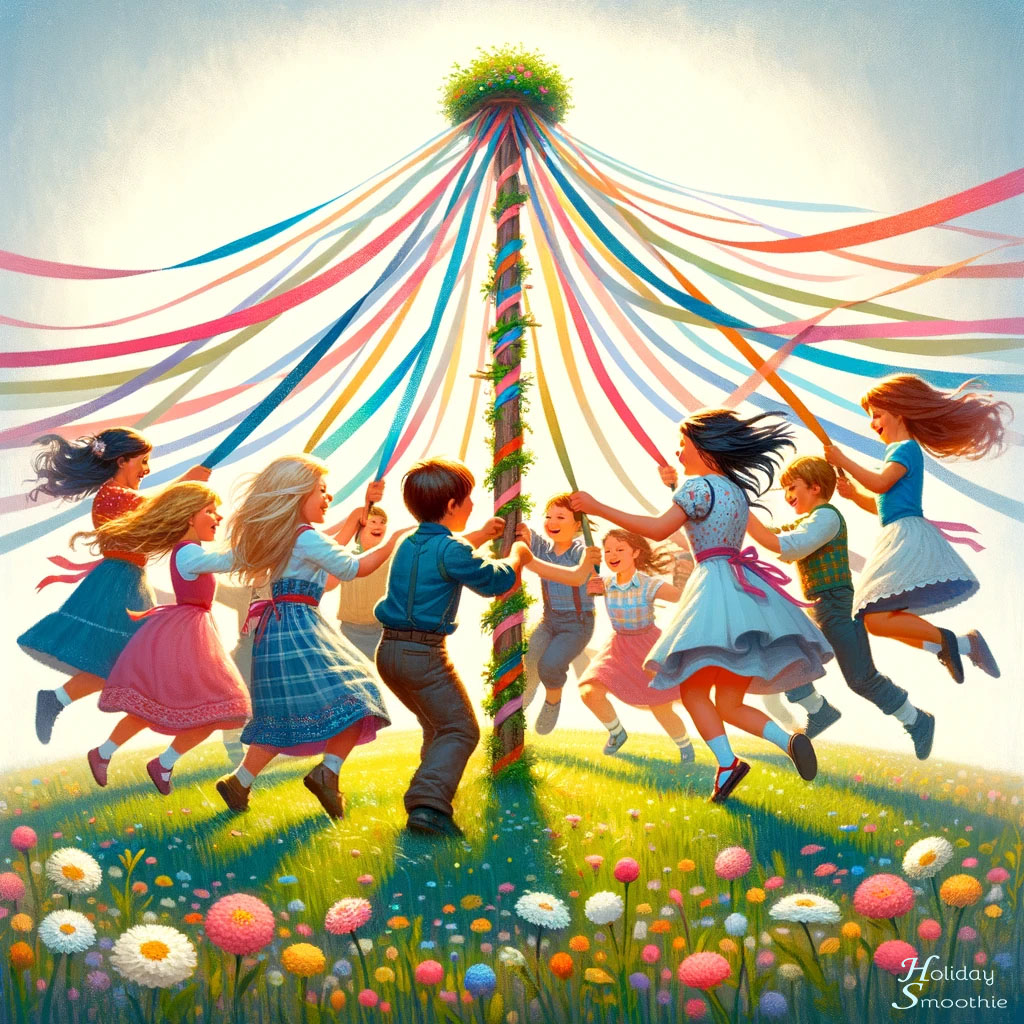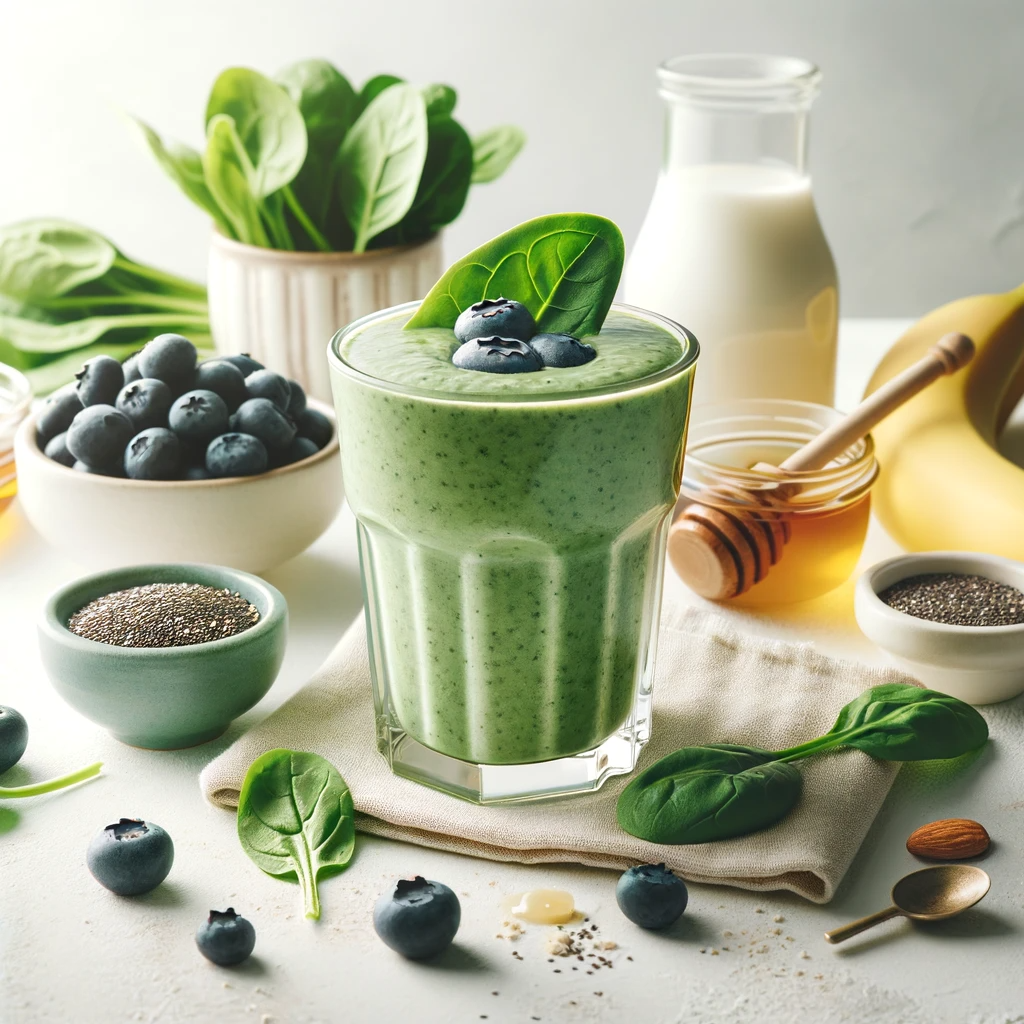Children joyfully dancing around a maypole during a May Day celebration. The scene is vibrant, with kids of diverse backgrounds holding colorful ribbons that weave around the maypole, set in a grassy field adorned with spring flowers. This festive activity symbolizes the arrival of spring and is filled with communal joy and seasonal festivity.
Introduction to May Day
May Day, observed on the 1st of May each year, is a traditional spring holiday in many cultures and also recognized as International Workers’ Day, a celebration of laborers and the working classes. It is a day of dual significance, with its roots in ancient spring festivals and its modern identity as a day to recognize the contributions and rights of workers worldwide.
Significance of the Day
May Day as a spring celebration is a time to welcome the return of warmer weather, marked by festivals, dances, and rituals like the maypole dance. As International Workers’ Day, it commemorates the historic struggles and gains made by workers and labor movements and is marked by demonstrations, parades, and speeches advocating for workers’ rights and social justice.
Cultural and Historical Impact
Historically, May Day has been associated with the rites of spring since ancient times, including Roman and Celtic festivals dedicated to fertility and the blooming of spring. The modern observance of May Day as International Workers’ Day began in the late 19th century, inspired by the labor movement’s push for an eight-hour workday and improvements in workers’ rights.
Types of Celebrations
- Spring Festivals: In many countries, May Day is celebrated with flowers, singing, and dancing. The maypole dance, where dancers weave ribbons around a pole, is a common sight.
- International Workers’ Day: In many parts of the world, people participate in marches and rallies supporting labor rights. Speeches, picnics, and gatherings highlight the achievements and ongoing struggles of workers.
Encouraging Societal Behaviors
May Day encourages appreciation for the renewal of nature and a celebration of the dignity of work. It promotes unity and solidarity among workers, fostering a sense of community and shared purpose in the fight for fair employment standards and worker protections.
Age-Related Activities
- For Children: May Day can involve crafts such as making flower crowns, participating in maypole dances, and enjoying outdoor spring activities.
- For Adults: Attending rallies, participating in community service projects, or engaging in discussions about labor history and workers’ rights are common ways to observe the day.
Summary
May Day is a celebration with dual significance, embracing both the joys of spring and the rights of workers. It is a day filled with history, culture, and activism, reflecting humanity’s connection to nature and commitment to social justice. Whether through joyful dances around a maypole or rallies for workers’ rights, May Day remains a powerful symbol of renewal and resistance.
May Day Celebration Smoothie: “Spring Blossom Blend”
Introduction
Celebrate May Day with the “Spring Blossom Blend,” a refreshing smoothie that captures the essence of spring and the spirit of renewal and vitality. This recipe combines the bright flavors of spring fruits with a hint of floral notes, perfect for enjoying during May Day festivities or as a refreshing treat on any warm day.
Ingredients and Their Significance
- Strawberries: Symbolize the return of spring with their bright red color and sweet flavor. Strawberries are rich in vitamins C and A, providing a boost to the immune system.
- Pineapple: Adds a tropical twist, symbolizing warmth and sunny days ahead. Pineapple is loaded with vitamin C and manganese, promoting healthy energy levels and antioxidant protection.
- Mango: Represents the richness of spring’s bounty. Mangoes are a good source of vitamins A and E, which help maintain healthy skin and vision.
- Edible Flowers (such as violets or chamomile): Add a floral note that is perfect for May Day, symbolizing growth and nature’s beauty. Edible flowers can also offer calming properties.
- Coconut Water: Hydrates and replenishes the body with electrolytes, echoing the freshness of spring.
- A squeeze of Lime: Adds zing and brightness, enhancing the other flavors and adding a bit of vitamin C.
- Honey (optional): A natural sweetener that symbolizes the sweetness of life and the enjoyment of the season’s delights.
Instructions
- In a blender, combine 1 cup of strawberries, 1/2 cup of diced pineapple, 1/2 cup of diced mango, and a handful of edible flowers.
- Add 1 cup of coconut water and a squeeze of lime juice to enhance the flavors.
- Blend until smooth. If desired, add a teaspoon of honey for extra sweetness.
- Serve chilled, garnished with a few petals of edible flowers on top.
Nutritional Summary
This “Spring Blossom Blend” smoothie not only delights the senses but also provides a nutritious treat:
- Calories: Approximately 150-200 kcal per serving.
- Protein: About 2-3 g.
- Total Fat: Less than 1 g, making it a low-fat option.
- Carbohydrates: Approximately 35-40 g, primarily from natural fruit sugars.
- Dietary Fiber: About 3-5 g, aiding in digestion.
- Vitamins and Minerals:
- Vitamin C: A powerful antioxidant, supporting immune function.
- Vitamin A: Important for vision and skin health.
- Electrolytes: Such as potassium and sodium from coconut water, important for hydration.
Enjoy this smoothie on May Day as a symbol of spring’s freshness and a celebration of nature’s abundance, perfect for sipping during a May Day parade or after participating in spring activities.
The “Spring Blossom Blend” smoothie, served in a tall glass and surrounded by its vibrant ingredients. The smoothie is presented in a light, spring-themed setting, emphasizing freshness and the festive spirit of May Day. The colorful edible flowers on top add a festive touch, celebrating the joy and renewal of the season








